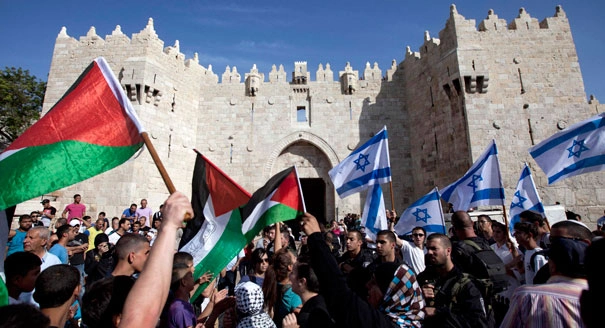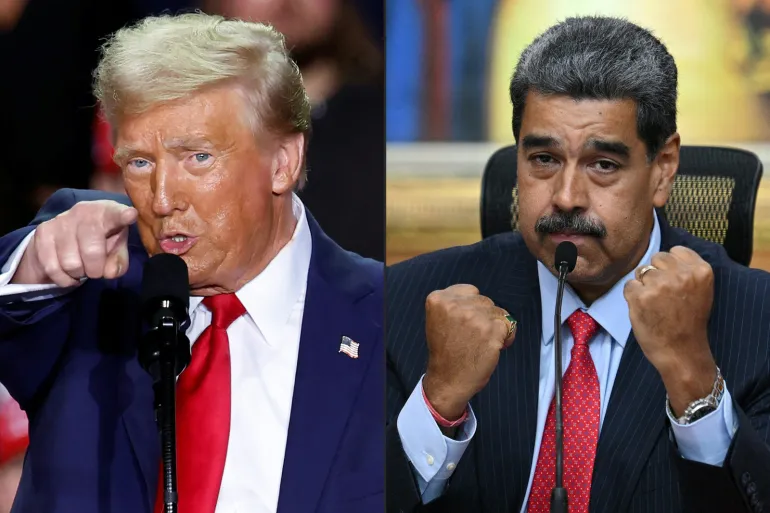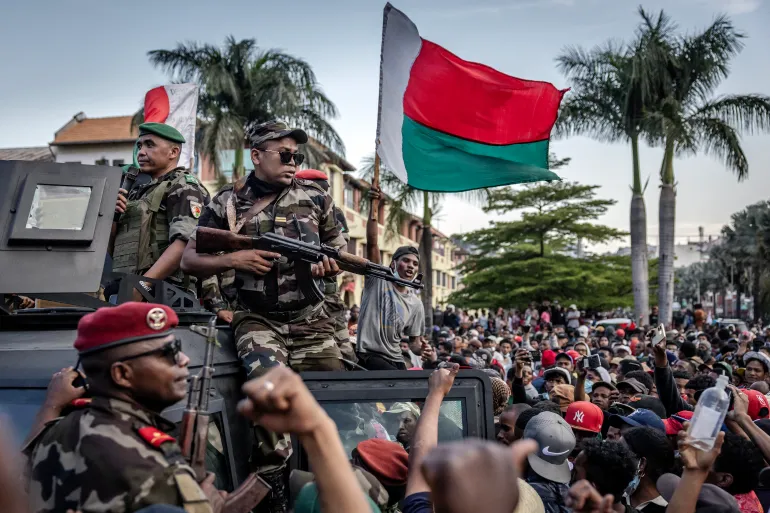The long-standing conflict between Israel and Palestine, which has brought immense suffering and instability to the region for decades, has finally reached a turning point. In October 2025, after years of devastating warfare, a historic agreement was reached to end hostilities, marking a significant milestone in the quest for peace in the Middle East. This blog post explores the context and details of the war’s conclusion, the peace plan that made it possible, and the outlook for both Israel and Palestine as they embark on this new chapter.
Background of the Israel-Palestine War
The conflict between Israel and Palestine has roots stretching back over a century, marked by territorial disputes, competing nationalisms, and cycles of violence. Most recently, the two-year Gaza war, which began in 2023, led to tens of thousands of deaths and widespread destruction across the Gaza Strip. Ceasefires in 2024 and early 2025 were temporary at best, with frequent violations and escalations, including tragic hostage situations and heavy military offensives.
The war has drawn international attention and intervention efforts, with leaders worldwide pressing for a sustainable resolution to what has become one of the most persistent and complex conflicts of the modern era.
The Peace Plan and Breakthrough Agreement
The turning point came in late September 2025, when a comprehensive peace plan was proposed by the United States, led by then-President Donald Trump, in coordination with regional partners like Egypt, Qatar, and Turkey. This 20-point plan outlined clear steps:
The complete release of hostages held by Hamas.
A ceasefire and end to active hostilities.
Israeli withdrawal from significant parts of Gaza.
Disarmament of Hamas.
Establishment of a temporary transitional government to administer Gaza.
Provision of full humanitarian aid to rebuild the war-torn region.
Both Israel and Hamas subsequently agreed to the plan, marking an unprecedented level of cooperation. Hamas began the release of surviving hostages, while Israel commenced troop withdrawals to agreed positions.
Implementation of the Ceasefire and Hostage Release
On October 9, 2025, an official ceasefire took effect, accompanied by the phased return of boundaries between Israeli forces and Gaza militants. Israeli Prime Minister Benjamin Netanyahu termed the day “a great day for Israel,” highlighting the significance of halting hostilities after two years of fighting.
Hamas committed to releasing the remaining hostages, while Israel agreed to free nearly 2,000 Palestinian prisoners as part of the exchange. Humanitarian corridors were opened, facilitating the return of displaced Palestinians to northern Gaza, and large-scale aid efforts began to restore essential services and infrastructure.
Regional and Global Reactions
The ceasefire and peace agreement were met with cautious optimism across the global stage. Arab and Muslim-majority countries embraced the plan, viewing it as a hopeful step towards lasting peace in the Middle East. The United Nations, European Union, and various NGOs pledged support for Gaza’s reconstruction and a long-term resolution.
However, concerns remain about the durability of the peace, the full disarmament of Hamas, and the political future of Gaza and the West Bank. The transitional government’s composition and the timing of new elections are key outstanding issues that will require ongoing negotiation and compromise.
The Humanitarian Impact and Reconstruction Efforts
After years of devastating conflict, Gaza faces enormous challenges. The ceasefire agreement’s acceptance paves the way for the reconstruction of homes, schools, hospitals, and infrastructure destroyed during the war. The Arab League and international partners have proposed multi-billion-dollar recovery plans, with an emphasis on keeping Gaza’s population in place and enabling sustainable development.
International organizations are prioritizing the provision of medical care, water and sanitation, electricity, and education to alleviate the suffering of civilians caught in the crossfire.
Looking Ahead: Hope and Challenges
The end of active warfare between Israel and Hamas, and the tentative peace agreement, represents an opportunity for transformative change. If successfully implemented, the peace plan could usher in a period of stability and cooperation, benefiting millions of Israelis and Palestinians.
Yet, the path forward is fraught with challenges:
Ensuring security and demilitarization while respecting Palestinian rights.
Rebuilding trust between communities shattered by decades of trauma.
Addressing political divisions within Palestinian factions and Israeli society.
Securing sustained international support for reconstruction and peacebuilding.
The road to peace will require patience, dialogue, and political will from all stakeholders.
A New Chapter for Israel and Palestine
The historic agreement that ended the latest chapter of the Israel-Palestine war signals hope for the future after years of conflict. It is an opportunity to transcend the cycle of violence and build foundations for peace, prosperity, and coexistence in one of the world’s most contentious regions.
As the world watches closely, the success of this peace process will depend on sustained commitment from leaders, communities, and international partners alike. The resilience and yearning for peace among ordinary Israelis and Palestinians remain inspiring forces that could finally transform this land’s future.






Leave a Reply